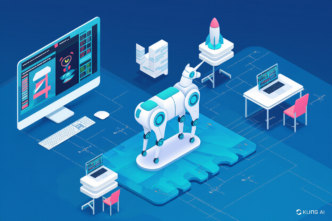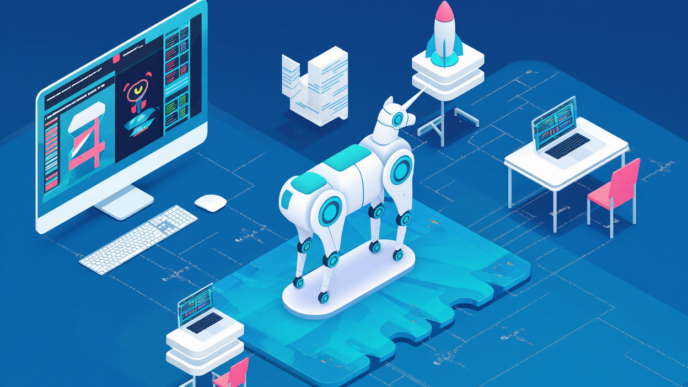A mid‑2025 surge in regulation, open‑source large‑language models, and purpose‑built AI chips is reshaping the competitive landscape. This article unpacks the most important AI trends 2025, showing how new EU rules, faster silicon, and lessons from recent productivity studies will influence strategy for builders and buyers alike.
AI trends 2025 can be summed up in three words: speed, scale, scrutiny. Below we explore how each force is playing out and what enterprises should do next.
1. EU Regulation Timer Is Ticking
The European Commission has published final guidelines for General‑Purpose AI (GPAI) vendors; full obligations under the EU AI Act begin 2 August 2025, with enforcement powers following in 2026. Providers must prepare transparency reports, model documentation, and copyright‑safe datasets now to avoid fines of up to €30 million. WilmerHaleDLA Piper
Action step: Audit your foundation‑model supply chain and create a compliance roadmap by Q4 2025. See our earlier post “A Pragmatic Guide to the EU AI Act” for a template.
2. Generative AI Goes Open Source—Again
A July roundup lists nine new open‑source LLMs, from Meta’s Llama‑4‑MoE to Mistral‑Next, each matching or exceeding GPT‑4o benchmarks at lower inference cost. Shakudo
Why it matters: Open weights plus permissive licenses cut time‑to‑market for bespoke copilots and vertical agents.
3. The Hardware Arms Race Intensifies
- Nvidia Blackwell B200: 4 PFLOPS per GPU, in volume by Q3.
- Intel Gaudi 3: 1.5 × H100 training speed at ~65 % the cost. CRNTechTarget
- AMD Instinct MI400: shipping with on‑package HBM4 for 8 TB/s memory bandwidth.
Takeaway: Chip diversity plus supply‑chain reshoring mean multi‑vendor accelerator clusters will be the new normal.
4. Productivity Reality Check
A recent RCT on seasoned open‑source developers found AI code assistants slowed throughput by 19 % on complex tasks. Metr
Interpretation: Human–AI hand‑offs still introduce friction; investing in prompt‑engineering playbooks and fine‑tuning developer workflows is critical.
5. Quality & Safety: Fighting “Model Collapse”
Researchers highlight risks of training on AI‑generated text, which can degrade diversity and factuality over generations. New mitigation techniques—dynamic data filtering and synthetic‑vs‑human mix‑controls—are emerging. TS2 Space
Key Takeaways for 2H 2025
- Regulate by Design: Bake compliance features—dataset logging, red‑teaming dashboards—into your platform now.
- Bet on Open LLMs: Evaluate license terms and community momentum when selecting a base model.
- Diversify Hardware: Architect workloads for portable tensor compilers (e.g., Triton, TVM) to hedge GPU shortages.
- Optimize the Human Loop: Measure true productivity lifts, not just code volume, before scaling generative dev tools.
- Guard Data Quality: Establish data‑provenance tagging to avoid silent model collapse.
Internal Links
External Links
- The Verge – “Why the EU AI Act Is a Global Template”
- TechCrunch – “Nvidia’s Blackwell: What You Need to Know”
- CRN – “Seven New AI Chips to Watch in 2025”















Magnificent beat ! I would like to apprentice while you amend your site, how could i subscribe for a blog web site? The account helped me a acceptable deal. I had been tiny bit acquainted of this your broadcast provided bright clear idea